A Netflix For Movies. Wait, What?
September 12, 2017 in Daily Bulletin
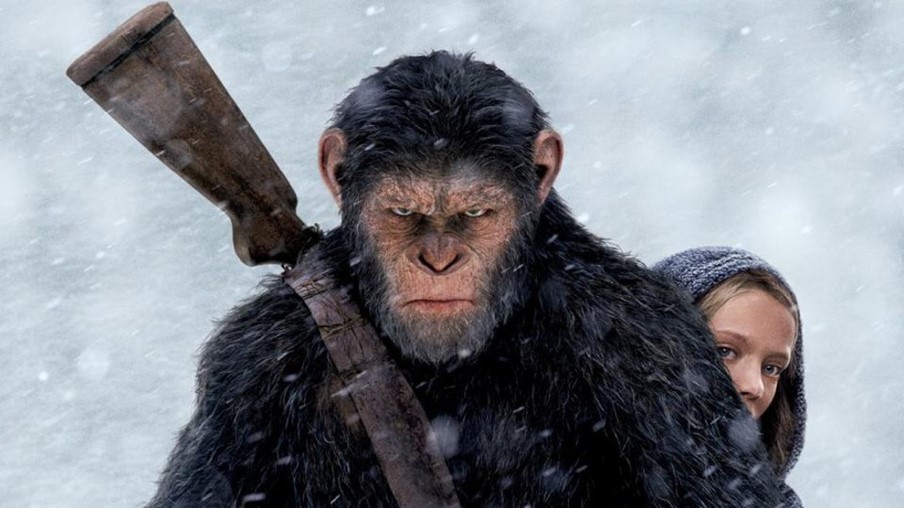
Netflix revolutionized watching movies at home. MoviePass is trying to do the same for watching movies in the theater:
- MoviePass users pay a monthly fee to watch as many movies as they want at the theater (though they’re limited to one movie a day for the cheapest package).
- MoviePass sends them a credit card which they use to pay for the movie tickets.
- The company operated for six years and managed to get 20,000 subscribers to its service.
- Then it cut prices from $14.95 a month to $9.95 a month and the resulting media blitz increased the number of subscribers to 150,000.
- MoviePass may be losing money if the new subscribers are frequent moviegoers. But over the long run it hopes to negotiate deals with the industry to reduce theater prices and boost attendance – especially for non-blockbusters.
- Movie theaters, for their part, aren’t thrilled at the prospect of MoviePass getting a lot of subscribers and then using its bargaining power to force them to accept lower prices.
Read more on Deadline.
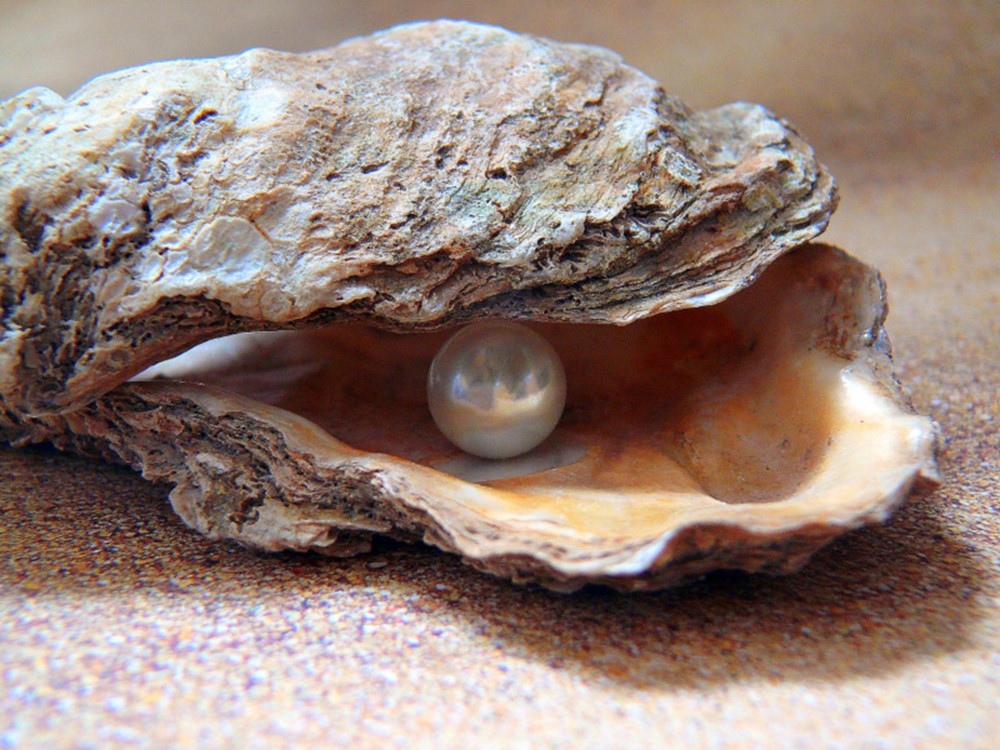

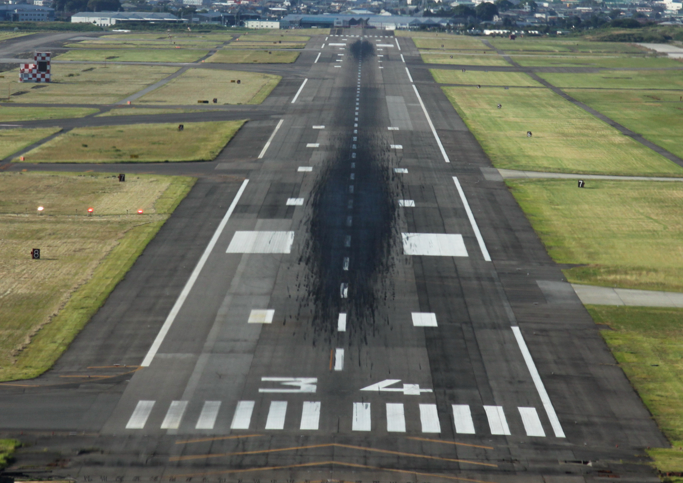
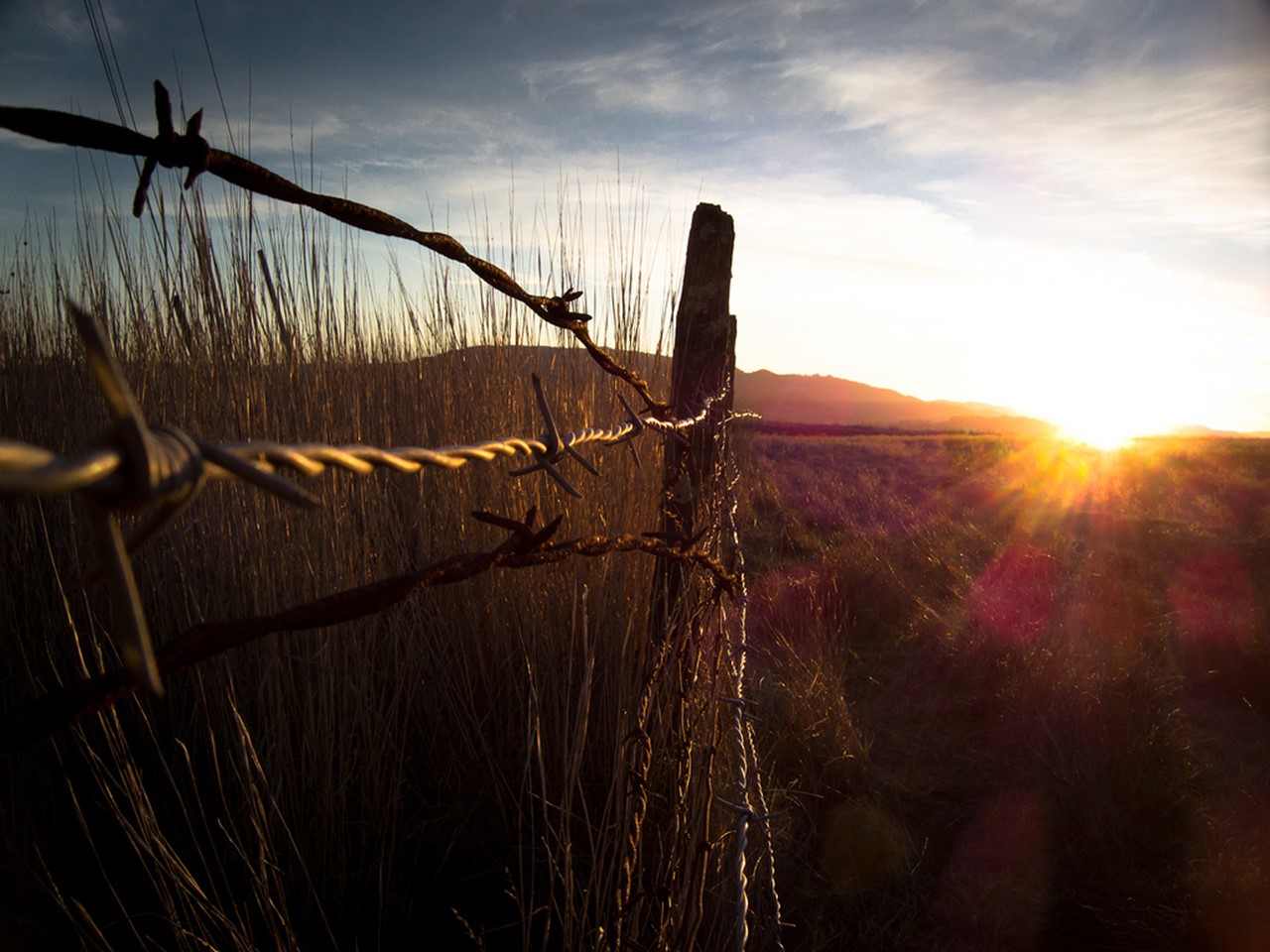

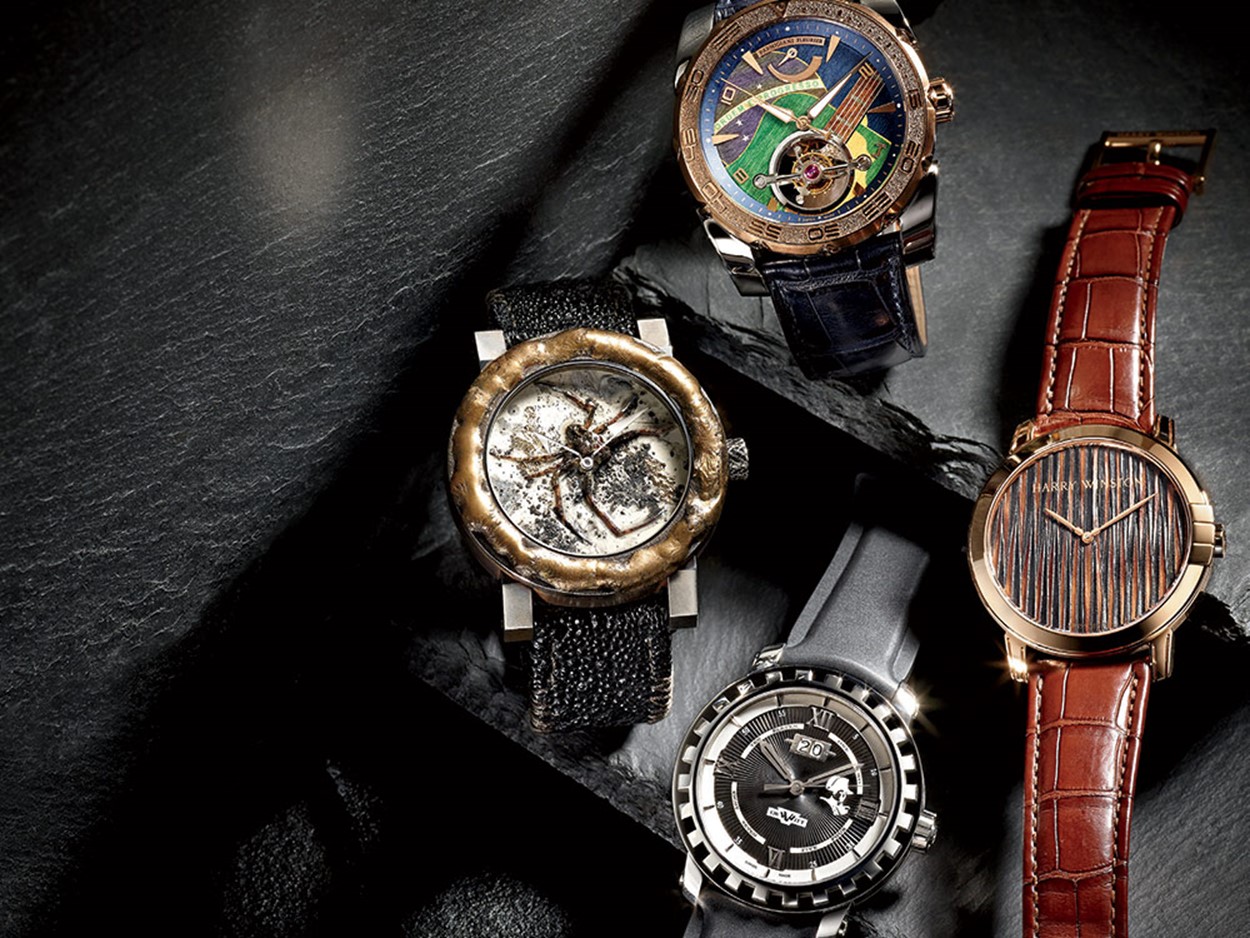
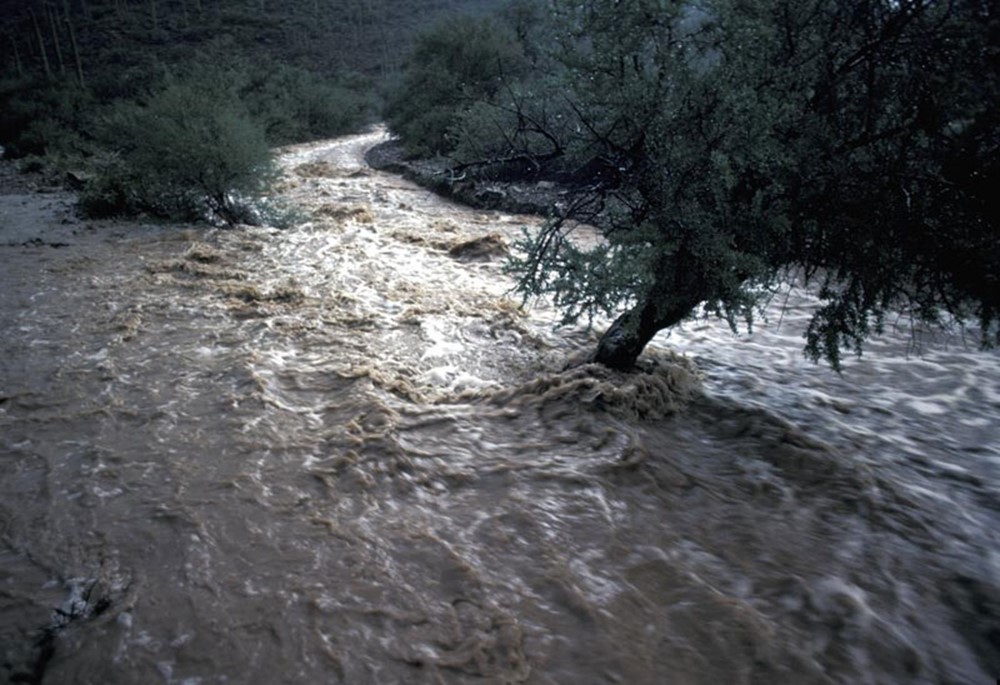

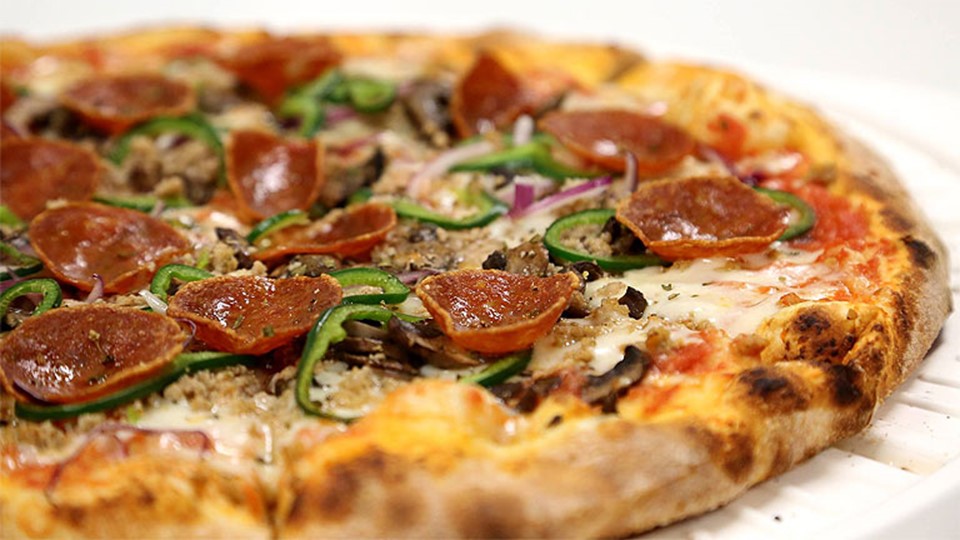
Join the Discussion! (No Signup Required)